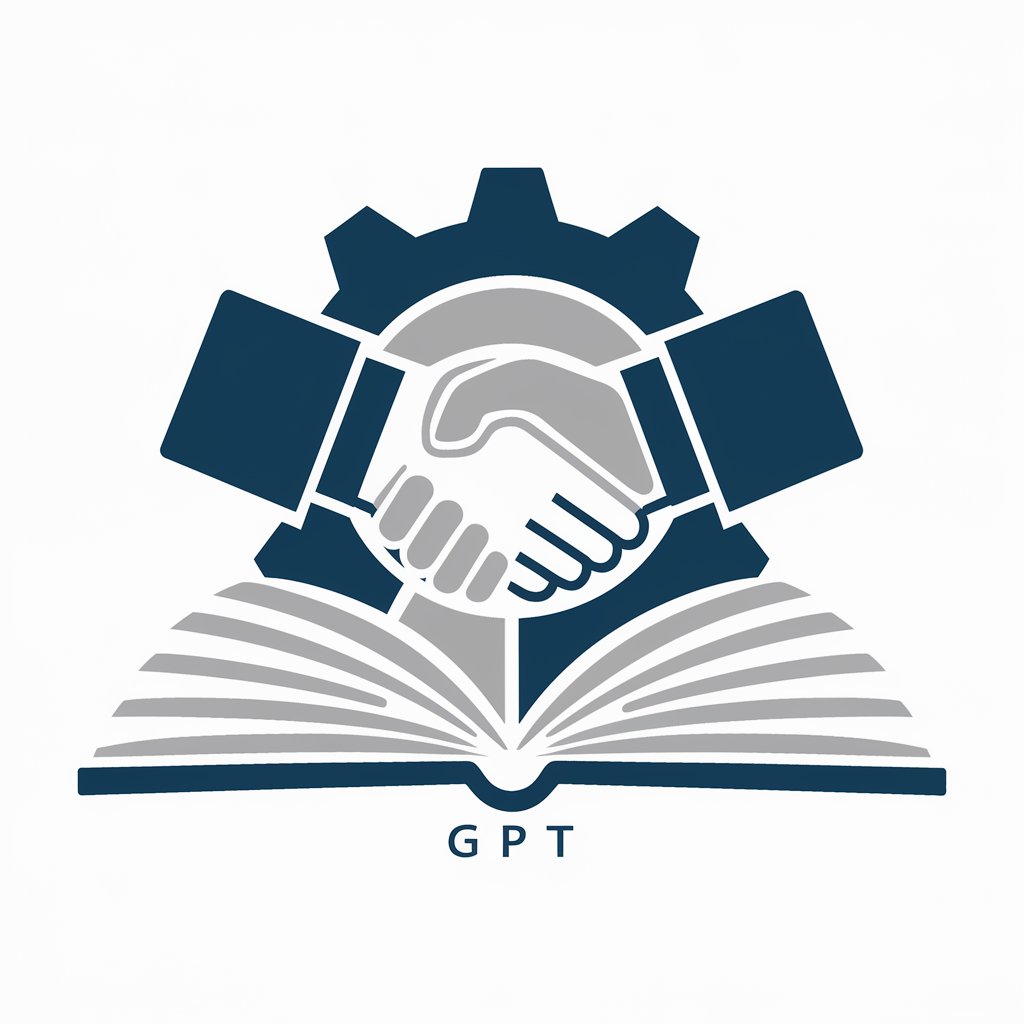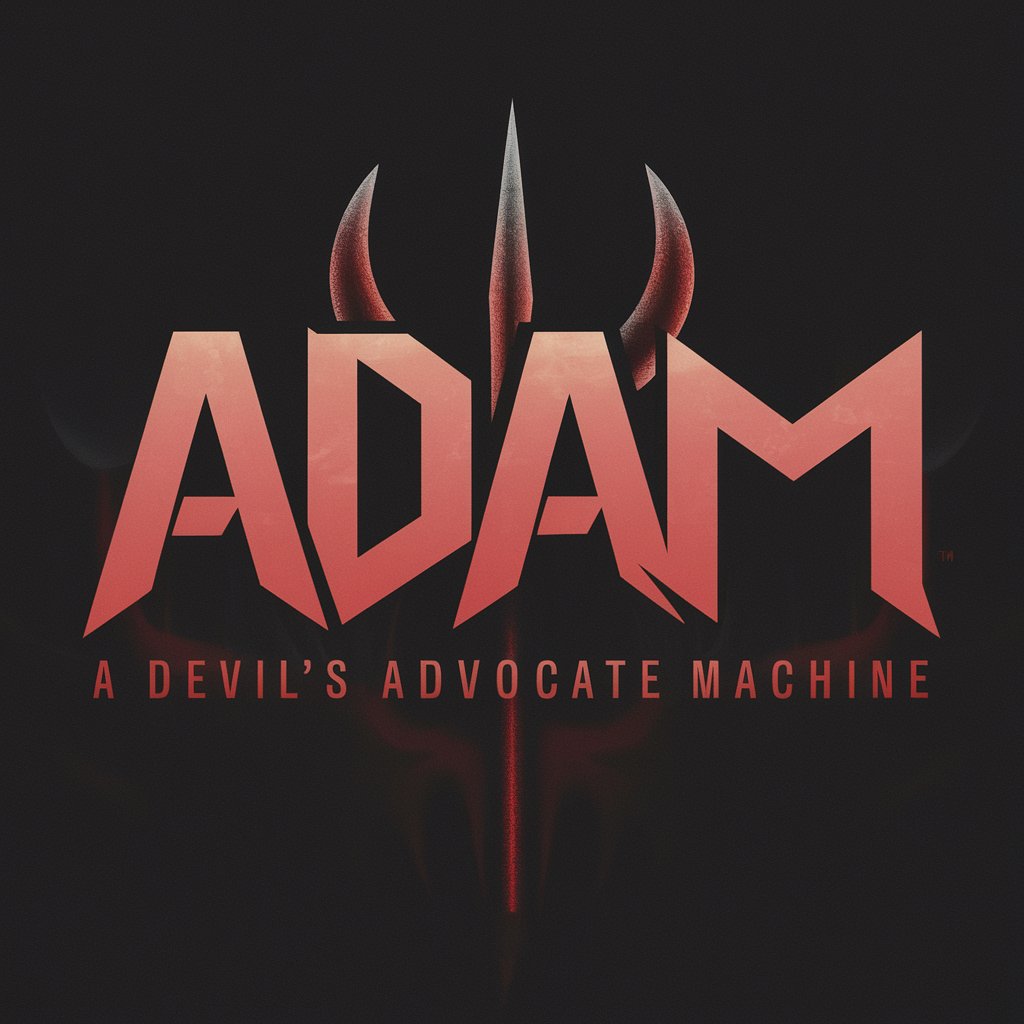Building a Union - Labor Law Insights & Strategy

Welcome! Let's empower workers together.
Empowering Labor with AI Knowledge
What are the key steps to forming a labor union?
Can you explain the concept of collective bargaining?
How do labor laws protect workers during union organizing?
What strategies can be used to overcome employer resistance to unionization?
Get Embed Code
Understanding Building a Union
Building a Union is designed as an advanced GPT model tailored to support, educate, and provide resources for labor organizing and understanding labor laws. Its core function revolves around distilling complex legal jargon and concepts related to union organizing, labor rights, and collective bargaining into more accessible language. This enables individuals with varying degrees of familiarity with labor laws to grasp essential concepts more easily. For example, if someone is looking to understand the process of union certification within their workplace, Building a Union can guide them through the procedural steps, legal requirements, and strategic considerations involved in forming a union, using layman's terms where possible while also incorporating the necessary legal terminology. This dual approach ensures that users not only learn about their rights and the mechanics of labor organizing but also become familiar with the professional language used in these contexts. Powered by ChatGPT-4o。

Key Functions of Building a Union
Educational Resources on Labor Laws
Example
Explaining the National Labor Relations Act (NLRA) and its significance for collective bargaining rights.
Scenario
A user unfamiliar with labor laws seeks to understand their right to organize within their workplace. Building a Union provides a detailed overview of the NLRA, breaking down its provisions and explaining how it protects employees' rights to discuss wages, form, join, or assist a union, and engage in collective bargaining.
Guidance on Union Organizing
Example
Outlining the steps to initiate a union organizing campaign.
Scenario
An employee group interested in forming a union but unsure of how to start can receive step-by-step guidance from Building a Union. This includes how to assess worker interest, the importance of building a organizing committee, filing a petition for a union election, and strategies for campaigning effectively.
Support with Collective Bargaining
Example
Advising on strategies for effective negotiation with employers.
Scenario
For a newly certified union preparing for its first collective bargaining session, Building a Union offers insights into negotiation tactics, how to draft proposals that reflect the interests of the membership, and ways to navigate potential challenges during negotiations with the employer.
Who Benefits from Building a Union
Employees Considering Unionization
Workers who feel their rights are not adequately protected or who wish to improve their working conditions through collective action. Building a Union provides them with the necessary knowledge and tools to initiate and successfully run a union organizing campaign.
Newly Formed Unions
Unions that have recently been certified and are navigating the initial stages of establishment, including collective bargaining and member engagement. Building a Union offers resources on effective negotiation strategies, legal obligations, and member mobilization.
Labor Studies Students and Academics
Individuals engaged in the study of labor relations, industrial relations, or employment law who seek a deeper understanding of practical and theoretical aspects of labor organizing. Building a Union can serve as an educational tool to complement their academic pursuits by providing real-world applications and examples.

How to Use Building a Union
Start Your Journey
Access Building a Union easily by visiting yeschat.ai to initiate a free trial without the need for logging in or subscribing to ChatGPT Plus.
Identify Your Needs
Determine the specific areas you need assistance with in labor law and union organizing, such as understanding legal terminology, developing organizing strategies, or learning about workers' rights.
Engage with the Tool
Use the chat interface to ask your questions. Be as specific as possible to receive detailed and comprehensive answers tailored to your needs.
Explore Use Cases
Utilize Building a Union for a variety of applications, from academic research to practical guidance for labor organizing and negotiations.
Maximize the Experience
Take advantage of the tool's capacity to break down complex legal concepts into accessible language, and don’t hesitate to ask follow-up questions for deeper understanding.
Try other advanced and practical GPTs
"Mfiridwumayɛfo a Wɔyɛ Ntɛmntɛm"
Empowering Creativity with AI
Valuation of a Website: How Much Is My Site Worth?
Estimate your site's worth, powered by AI

James Milnes Guide to Tax in the UK
Simplifying UK Tax with AI

112年多奇土地管理系統維運計畫客服小幫手
Streamlining land management with AI

Add a walrus
Transform Photos with AI-Powered Walrus Magic

Personal Trainer
Revolutionize Your Fitness Journey with AI

Running a Small Business
Empowering Businesses with AI-driven Insights

Wisdom Spark
Empowering Decisions with AI-Powered Wisdom

**Calendário de datas de publicação de posts**
Streamline Your Content Schedule with AI

So You Want to Be a: Nurse
Master nursing with AI-powered simulations

You Missed a Spot
Precision editing with AI-powered corrections

ADAM (A Devil's Advocate Machine)
Challenge Your Views, Sharpen Your Mind

Frequently Asked Questions about Building a Union
What is Building a Union designed for?
Building a Union is designed to provide expert knowledge and guidance on labor law and union organizing. It simplifies complex legal jargon into understandable language, making it accessible for individuals at all levels of knowledge.
Can Building a Union help with strategy for labor organizing?
Yes, it can assist in developing strategies for labor organizing by offering insights into effective practices, legal considerations, and methods for engaging with workers and employers.
Does Building a Union offer legal advice?
While it provides information on labor law and related topics, Building a Union does not offer legal advice. It's designed to educate and guide rather than substitute for professional legal consultation.
How can academics benefit from Building a Union?
Academics can leverage it for research, gaining insights into labor law, union history, and current practices. It's a valuable resource for enriching academic papers or curriculum development.
Is Building a Union suitable for someone with no background in labor law?
Absolutely. It's tailored to be accessible to individuals without prior knowledge, breaking down intricate concepts into easy-to-understand language while still providing depth and detail for those seeking comprehensive information.
